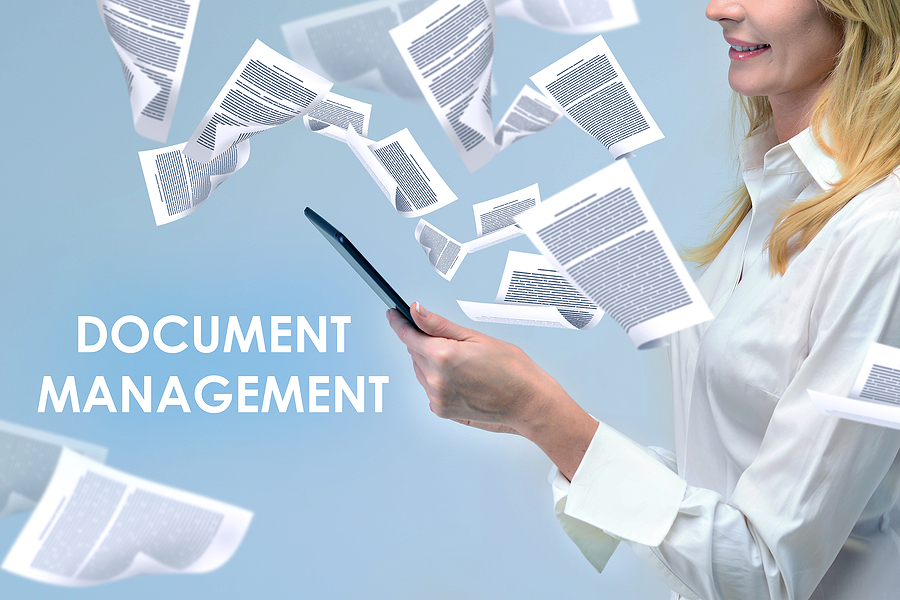The term “paperless office” has been used ever since desktop computers were invented. Modern technology was expected to automate many tasks and eliminate (or at least greatly reduce) the need for producing a lot of paperwork. At the very least, it should make us think about the amount of paper being used for everyday tasks and whether printing copies of documents is really necessary when an electronic version will do.
Saving paper and printer ink are two excellent ways to “go green” for a business. Electronic documents don’t take up physical space for storage, which saves on the cost of expensive commercial real estate to keep hard copies of old documents.
If you’re tired of ordering ream after ream of paper … finding new places to store old documents … and wondering why the cost of printer and copier ink keeps increasing … now is the time to commit to a true paperless office. Here’s how to make that happen.
How to Achieve a Paperless Office
Follow these steps to achieve your ultimate goal—the paperless office.
- Make a strong case for your entire company to go paperless by tracking paper usage. You can track the number of photocopies and printouts made if the machines support tracking, or you can add up the costs of paper and toner. Prepare the report and make a case for a paperless system so everyone can understand the ramifications of printing everything. For some, such as the CEO, this may mean focusing on the costs. For others, it may mean focusing on the environmental damage of using too much paper and electricity.
- Transition as many invoices, statements, and bills to paperless as possible.
- Eliminate the need for physical signatures on paperwork and utilize an electronic signature program. The E-Sign Act of 2000 affirms the validity of electronic signatures. By switching to electronic signatures, you should be able to eliminate printouts that are routed for signatures.
- Suggest the company switch to shared documents, such as Microsoft Teams or Google Documents, for internal needs. These can be edited without routing paper or emailing documents and are easy for people to use.
- Remove fax machines and use electronic faxing or online forms instead for fillable forms.
- Use document scanners to digitize paper documents and input them into your ERP system.
- Always print on both sides of the paper when you must print documents.
Sage 100 Helps Your Office Go Paperless
For Sage 100 users, you already have a powerful tool at your fingertips to transition to an office without paper. It’s the Sage Paperless Office feature. Follow the steps in the Sage online support forum at SageCity to set it up for PDF forms.
After setting up your system to accept PDFs, you can also follow the instructions at SageCity to set up direct deposit pay stubs electronically. You’ll need more information, such as the domain and SSL information, but once it is set up you can virtually eliminate paper pay stubs.
The system itself provides many options to create PDFs and electronically route documents for signatures, and yes, you can still print them. There are several document workflows that can be set within the system to automate many processes.
There’s more to Sage Paperless Office than direct deposit stubs and accepting PDFs. To receive details about the full benefits of the system, contact us today. ASI has been working with business clients for more than three decades. We will ensure that you have the right solution to fit your needs and your budget.

